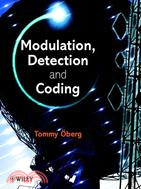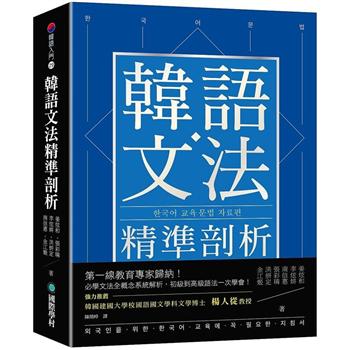| FindBook |
有 1 項符合
MODULATION, DETECTION AND CODING的圖書 |
| 圖書館借閱 |
| 國家圖書館 | 全國圖書書目資訊網 | 國立公共資訊圖書館 | 電子書服務平台 | MetaCat 跨館整合查詢 |
| 臺北市立圖書館 | 新北市立圖書館 | 基隆市公共圖書館 | 桃園市立圖書館 | 新竹縣公共圖書館 |
| 苗栗縣立圖書館 | 臺中市立圖書館 | 彰化縣公共圖書館 | 南投縣文化局 | 雲林縣公共圖書館 |
| 嘉義縣圖書館 | 臺南市立圖書館 | 高雄市立圖書館 | 屏東縣公共圖書館 | 宜蘭縣公共圖書館 |
| 花蓮縣文化局 | 臺東縣文化處 |
|
|
- 圖書簡介
Telecommunications constitute an increasingly important part of human society. In some ways, they are a foundation on which industrial countries rely. Telecommunications play in numerous areas including, banking, air traffic control, medicine, digital and voice communications. More and more people need to understand the foundations of modern telecommunications.
The purpose of this book is to give an introduction to coding and modulation methods as well as other signal processing within modern telecom-munica-tions, using basic starting points. The principal topics are source coding, channel coding, modulation and detection. Adaptive channel equalisers and adaptive antennas, which are important parts of the detection process in many systems, are also covered and there are sections about link budget, sychronisation, together with codes and detectors for CDMA. The aim is to give the reader an understanding of the basic functions in telecommunication systems and the methods that are used for the analysis of a complete system.
Telecommunications is a field which develops quickly. An understanding of analysing methods which goes beyond simply an understanding of the results of the analysis is valuable knowledge - knowledge that will remain relevant over time and which will aid in understanding new developments as they arise.
This text contains theory, fully solved examples, exercises with answers and a short presentation of some communication systems. Basic knowledge in signal processing and probability theory is a necessity to acquire the material. The book is intended for courses on at least the master level but can also be used for self study. - 作者簡介
Tommy ?berg is Associate Professor at the Signals and Systems Group, Uppsala University. He has a many years of experience as a teacher and researcher within the university and has been involved in a number of development projects in industry.
- 目次
Preface
1 TELECOMMUNICATIONS
1.1 Usage today
1.2 History
1.3 Basic elements
1.4 Multiple user systems
1.5 Appendix: the division and usage of the electromagnetic spectrum
2 LINK BUDGET
2.1 Signal to noise ratio
3 INFORMATION THEORY AND SOURCE CODING
3.1 The concept of information
3.2 Channel
3.3 Source coding
3.4 Appendix
4 CHANNEL CODING
4.1 Error detection and error correction
4.2 Automatic repeat request
4.3 Block codes
4.4 Convolutional codes
4.5 Interleaving
4.6 Turbo coding
4.7 Cryptography
4.8 Appendix
5 MODULATION
5.1 Baseband modulation
5.2 Calculation methods for bandpass systems and signals
5.3 Analogue carrier modulation
5.4 Digital carrier modulation
5.5 Appendix
6 DETECTION IN NOISE
6.1 Fundamentals of narrowband noise
6.2 Analogue systems
6.3 Digital systems
6.4 Diversity
6.5 The radio receiver
6.6 Appendix
7 ADAPTIVE CHANNEL EQUALISERS
7.1 Channel equaliser
7.2 Algorithms for adaptation
7.3 Appendix
8 ADAPTIVE ANTENNAS
8.1 Array antennas
8.2 Signal processing with array antennas
8.3 Spatio-temporal equalisers
9 CDMA: CODES AND DETECTORS
9.1 Spreading codes
9.2 Detectors for CDMA
9.3 Appendix: generator polynomials for m-sequences
10 SYNCHRONISATION
10.1 Introduction
10.2 Fundamentals of phase locked loops
10.3 Carrier synchronisation
10.4 Clock synchronisation
10.5 Frame synchronisation
APPENDIX A
Answers to exercises
Index
|











